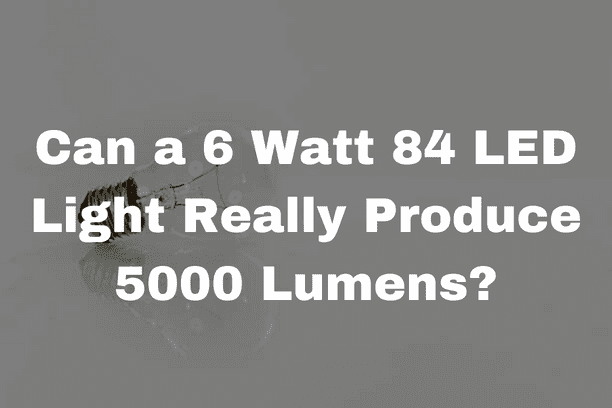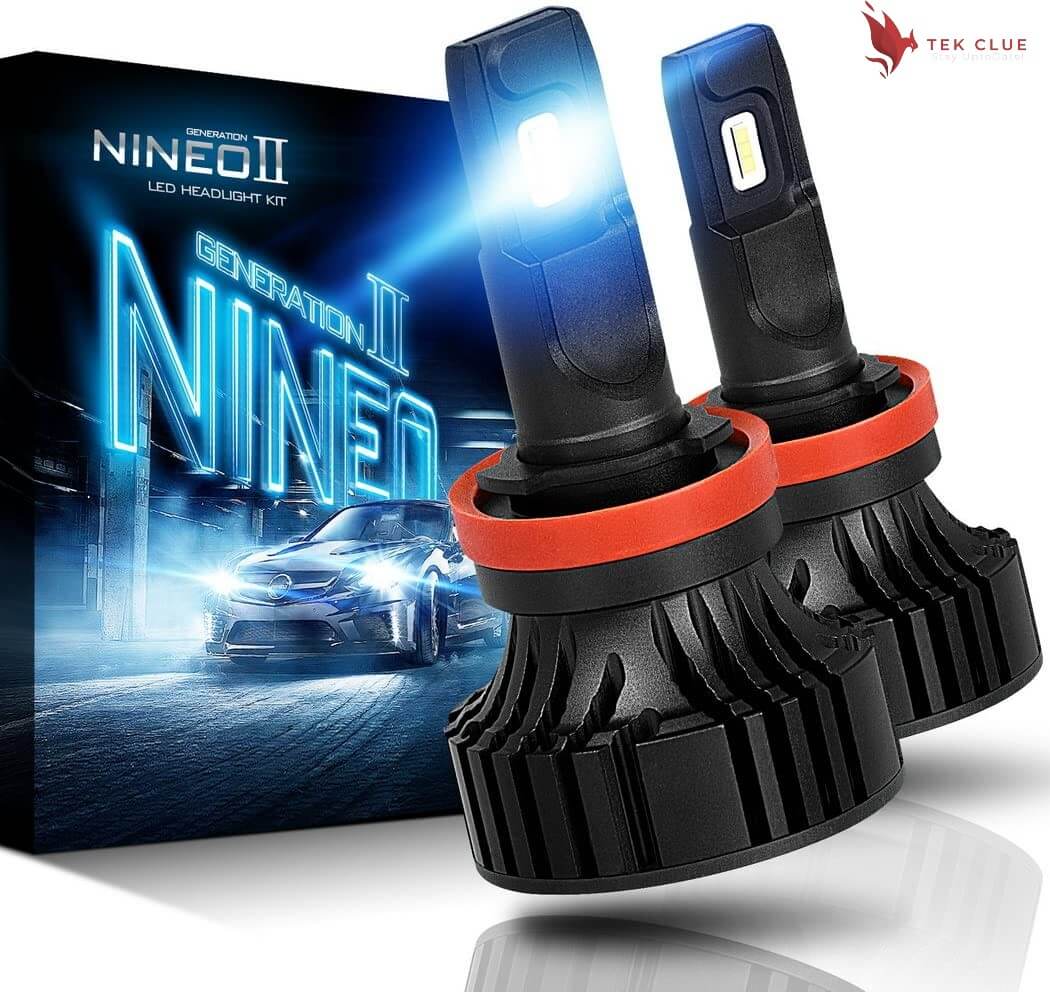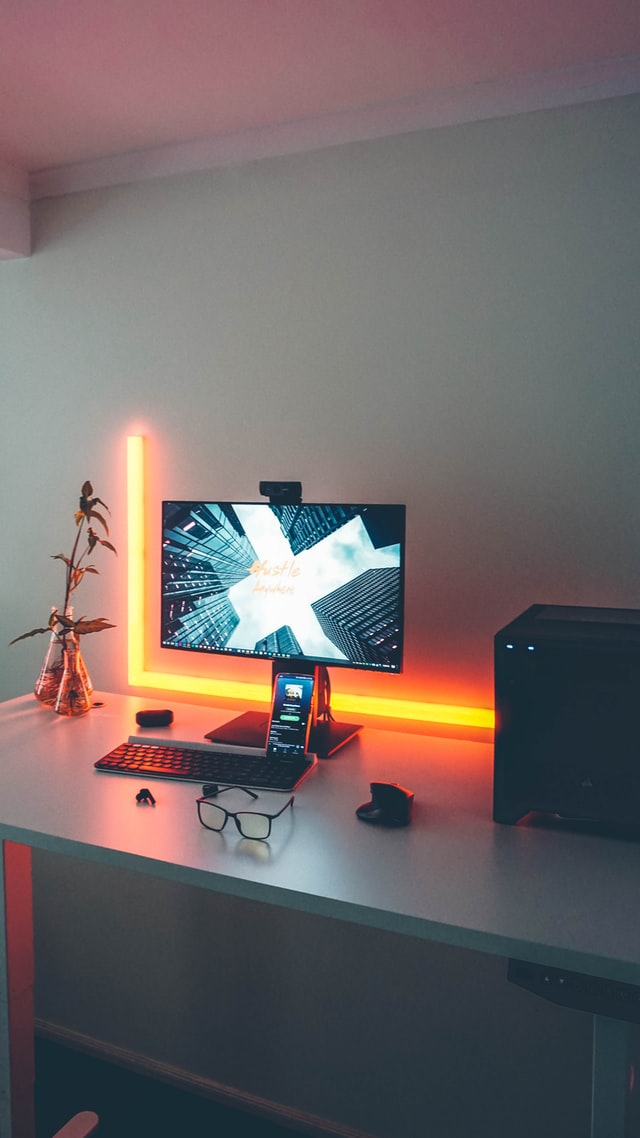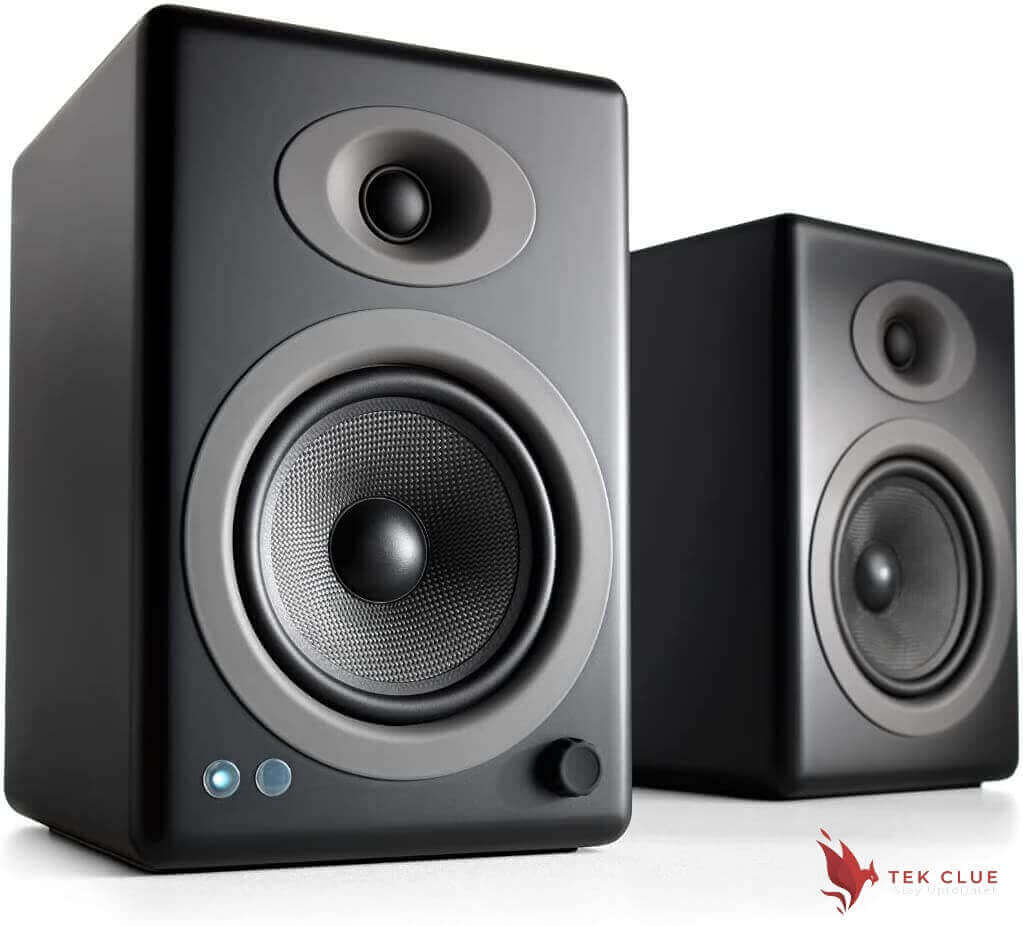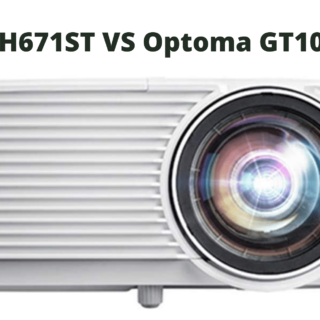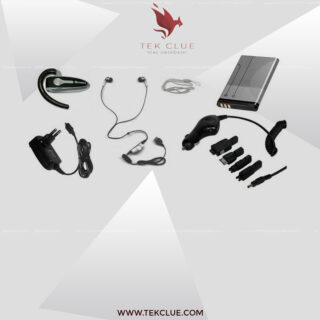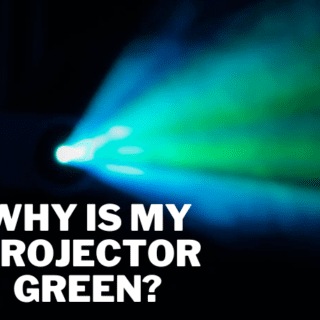Are you in the market for a floodlight, a security light, or a spotlight but you are not certain what to get? Well, there are three things you must pay attention to when you are buying a led light to make certain you get the right one for you the first time.
It is a must to know if you want an answer to your question.
That is kelvin rating, lumens, and watts. We are going to go through all three of those. I am explaining to you what they are and why they are important to the led world of lighting. That way you can buy the right light; the first time when you look to buy a led floodlight or security light, kelvin is one rating you need to pay attention to.
All you need to know about Kelvin temperature
You will see on the box, it might say 2700k or 5000k, or even 9000k; the k stands for kelvin, and kelvin is a measurement used to describe the color temperature of a light source. The higher kelvin temperatures are what we consider cool, and the lower color temperatures are considered warm. So a 2700k light will be a warm white, and a 5500k light will be a cool white. Cool whites are sometimes known to also have a blue hue or a blue temperature.
Recommended Article: Is 8000 Lumens Good for a Projector
Yellowish white light
A light bulb that produces light perceived as yellowish white will have a color temperature of around 2700k. As the color temperature increases the color of the light appears less yellow and more white. When the color temperature crosses the 5000 k or higher threshold the light produces a bluish-white color so if you want a warm white go for a lowercase temperature. If you want a cool white or a blue-white go for a higher k rating.
What is a lumen, and how is it different from a watt?
The definition of a lumen is a unit of luminous flux in the international system of units that is equal to the amount of light given out through a solid angle by a source of one-candela intensity rating equally in all directions. In short lumens, equal brightness, and watts do not. Not that watts are bad, but they measure energy use and not light output. With new energy-efficient led technology we can no longer rely on wattage to indicate how bright a bulb is.
Lighting regulations and technology
The changes in lighting regulations and technology mean that there are new lighting terms to learn. Newer bulbs have a lighting fax label that would give you the details of any particular bulb. brightness is measured in lumens on the label.
Color temperature and wattage
The light appearance is also known as color temperature; this ranges from warm yellow to bright, and cool energy use is labeled in wattage. Here wattage is in its proper place for energy usage and with a shift to more energy-efficient light sources. You will not see the 40 60 75 or 100 watts as we used to these days. You will more often see values in your 20s, teens or even single digits. Just remember lumens equal brightness, and watts measure energy. When in doubt, rely on new bulb labeling standards to show lumen output and help you choose the right brightness for your needs if you are interested in lighting.
Related Article:
How Many Lumens Do I Need for a Projector?

